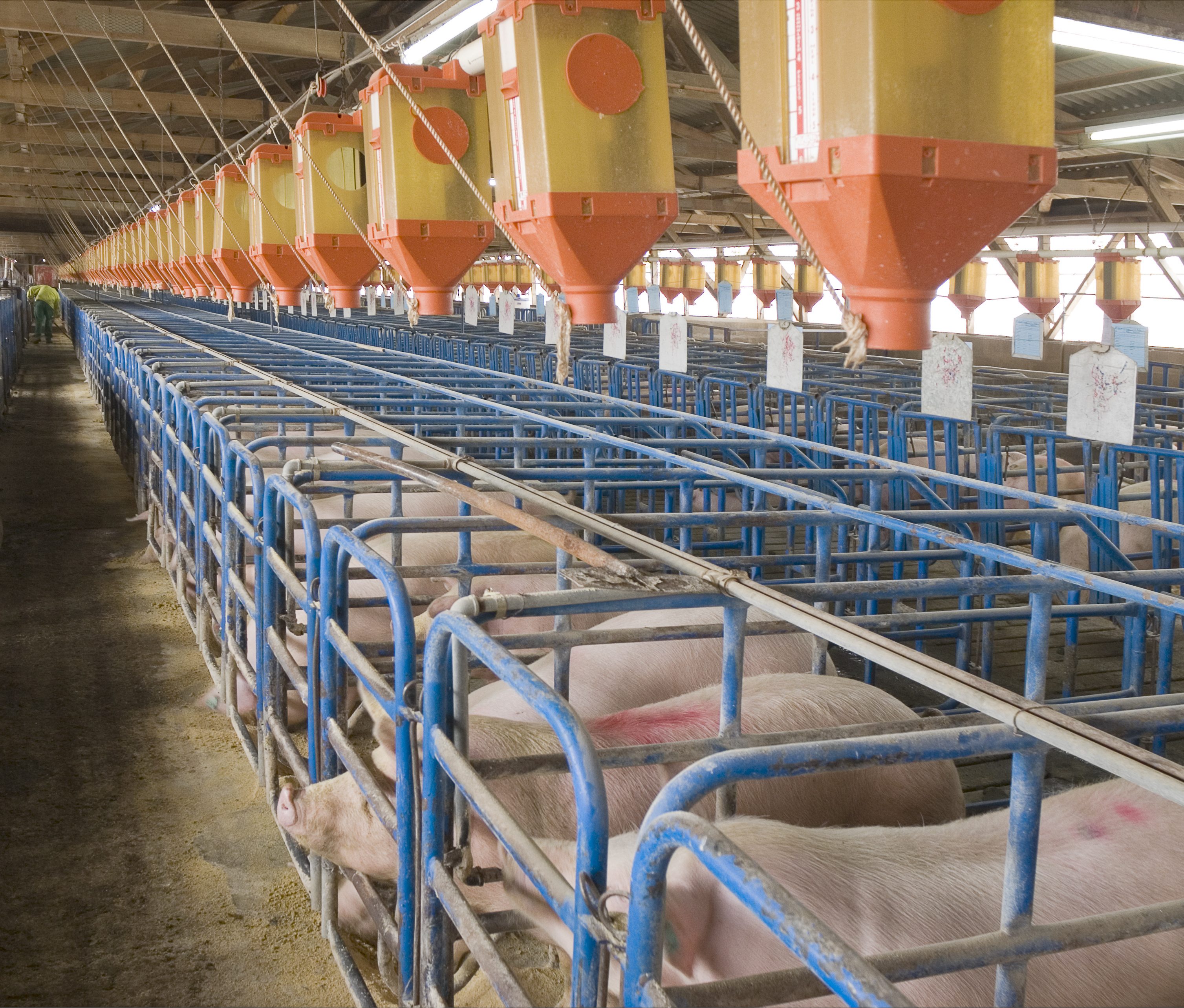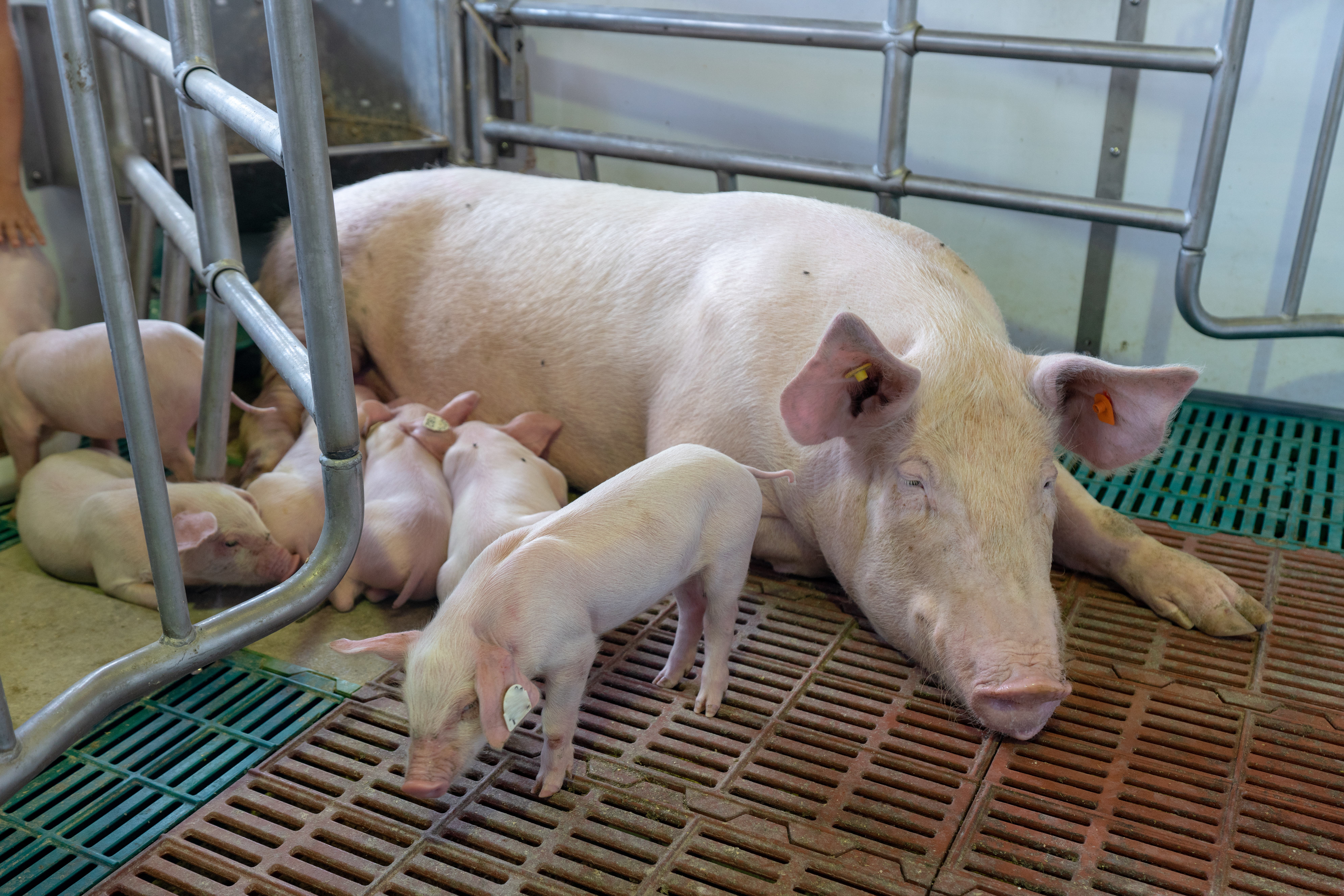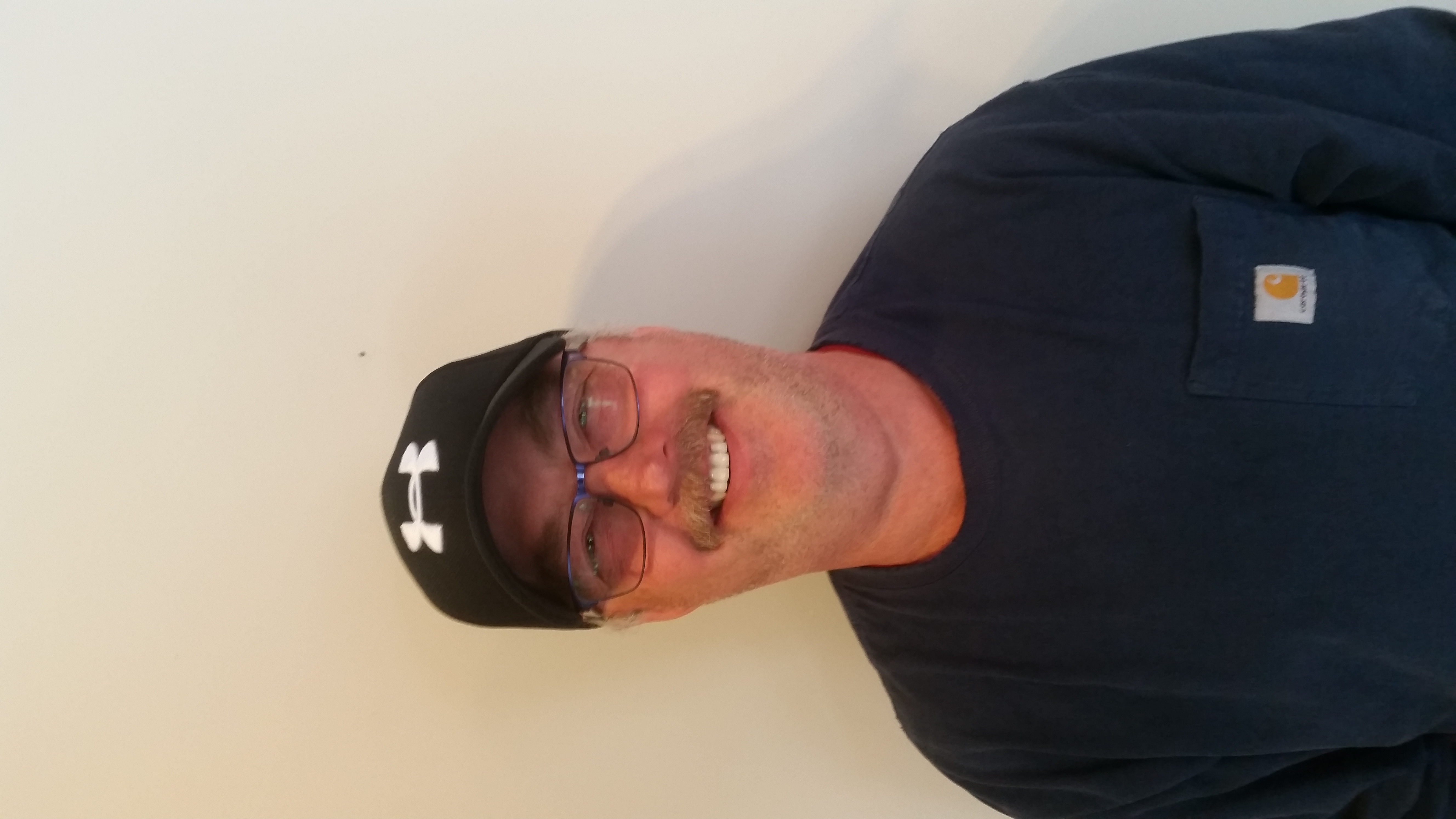



Australia makes positive moves forward with loose housed sows and new farrowing technology
The popularity of pork in Australia has driven change at the barn floor level, including the delivery of a voluntary phase out of sow stalls and the expansion of loose housing systems throughout the country.Australian consumers are driving the country’s pork industry in more ways than one. Average per capita consumption of pork and pork products has climbed from 8 to 12 kilograms in the past seven years and continues to rise. Pork has recently overtaken beef as the nation’s second most eaten red meat and because of its popularity, major players in the industry have taken note and driven change at the barn floor level, including the delivery of a voluntary phase out of sow stalls and the expansion of loose housing systems throughout the country.
Over a number of decades, standard practise in intensive pig farming globally has been to routinely use sow stalls and farrowing crates for female pigs throughout most of their lives. Sow or gestation stalls are roughly the length and width of a fully-grown sow and don’t allow enough room for the female to turn around.
Farrowing crates are still a staple of most hog farms and are used from shortly before the birthing process and through the nursing of a litter, typically for a period of approximately four to five weeks. This crate is designed to protect piglets from being crushed by the mother, which is unfortunately a common occurrence in pig farming. It is also designed to protect handlers who must work around the mother and piglets.

In 2010, Australian Pork Limited (APL), the peak representative body for the industry began a voluntary phase out of sow stalls to be completed in 2017. The phase out defined a gestation-stall-free period but allowed pigs to be confined for up to 10 percent of their pregnancy. It encouraged loose housing of pigs in compatible groups of two or more to reduce undue stress.
By 2015, APL reported that pork producers had driven the change recognising that historical means of confinement were no longer acceptable to the community at large.
In 2017, APL’s chief executive officer, Andrew Spencer, stated that pig producers had become aggressively proactive by their move to gestation-stall-free systems and their efforts were shining a positive light on the sector. “It has been extremely encouraging to see such a high level of compliance with our voluntary sow stall phase-out initiative,” he said.
By 2019, the APL proposed that four out of every five Australian sows were loose housed in groups and the industry was continuing to pursue a complete phase out.
“Our producers have embraced the opportunity to shift their practises forward and adopt new and more transparent ways of working. One of the biggest pluses for the Australian industry is its favourable position with consumers,” Spencer said.
But there have been challenges along the way. During the earlier stages of pregnancy, sows can be very aggressive to each other with fighting often causing injuries and even abortions. While some sows are naturally docile, there are pecking orders among the animals. Bully sows keep more timid sows from feeding at times. Handlers can also be at risk from the very large and heavy animals.
Of course, the piglets face the most risk. On average, piglet mortality with sows confined to farrowing pens is approximately five to seven percent, while mortality in free-range conditions from crushing, predation and temperature extremes can be around 20 percent. It is an ongoing balancing act for producers to practice high-quality animal welfare, control the costs of pen modifications and infrastructure through increased investments, protect sows from injury and abortion, and keep piglets and handlers safe.
Australia’s producers are finding that new technology in well-designed farrowing pens can be reasonably effective in preventing piglet mortality and the risk of aggression in group-housed sows can be limited by good management.

Competition for food and mixing unfamiliar sows are the primary causes of aggression during the gestation period. Among potential answers to these issues is having sows bred at the same time, enter spacious barns in groups of 40 to 60 to become accustomed to one another, farrow together and then repeat the cycle as a group.
Modern feeding systems, trickle feed, and dump and scatter feeders to keep sows occupied for longer periods of time, have been found to work reasonably well.
Regarding farrowing pens, both Australian and international pig industries have invested large amounts of money into research searching for alternative methods of piglet protection. The Danish company Jyden, which specialises in development and production of animal housing systems, is a leader in the field. Jasper Bech, sales director for Jyden said, “We feel a certain responsibility to pig production in general- and that’s why we want to be in front of development for optimal production systems that can meet both legal and consumer requirements.”
Newly designed farrowing pens in the marketplace include essential elements to allow the sow to remain loose while protecting piglets through the critical days immediately after farrowing, when the risk of mortality is the greatest.
Studies of housing designs and prototypes have found both benefits and disadvantages. Pens delivering more space for the sow in both width and length are available. Sloping walls support sows as they lie down. Winged gates can be positioned for the first days after giving birth and then moved away as the piglets grow and become more self-sufficient. Adjustable gates to protect both piglets and handlers completing risky tasks such as vaccinations are optional. Bars positioned to protect piglets in the sow’s favoured lying areas feature small escape runways as an option.
Alone, none of these designs tick all of the boxes. Limiting time that sows are individually housed still seems to be the preferred strategy. Further research into economically viable welfare-based handling systems with progressive pen designs is required.
Opponents of the phase out plan continue to point out perceived negatives including the fact that the phase out was voluntary and only applied to APL members, although their members were in fact responsible for 94 percent of all pig meat products produced at the time. Others admit the voluntary phase out improves the welfare of some pregnant sows, but there are groups that would like to see a stricter law enforced requiring all producers to provide “appropriate accommodation” for all pigs.
Andrew Spencer responded, “It’s time for some honesty on this subject. Australia’s pig producers should be supported in this world-leading change, not continually undermined by anti-farming groups.”
He said the proactive initiative of Australian pork producers has propelled the industry onto the world stage as leaders in animal welfare. “More than 70 percent of Australian pregnant sows are now spending more than 90 percent of their pregnancies in loose housing. We’re aiming over the next couple of years for the whole industry to be able to meet that standard. It’s fair to say that we’re not there yet absolutely, and we’ve got a lot of work still to do, but we believe it’s highly integral to our future success.”
It would be speculation to claim knowledge of where the country’s plans will take it in the coming years regarding sow-stall-free systems and loose housing. Much depends on near future technology and research, plus the usability and efficiency of newly designed handling systems and progressive management practises.









